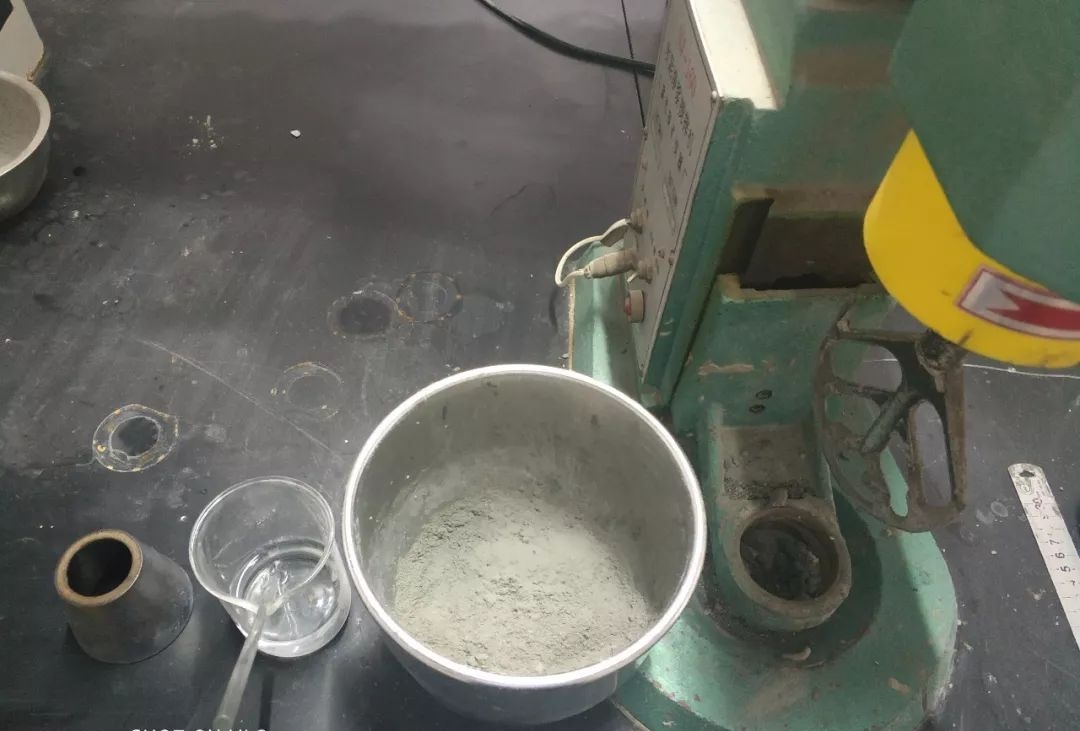
When admixture technicians conduct certain experimental studies or quality inspectors inspect factory admixtures, the concrete adaptation method is certainly the best, but the disadvantage is that it is time-consuming and laborious. For example, when developing or adjusting the mother liquor formula, multiple samples often form a group, and the efficiency of daily concrete compatibility testing with factory admixtures is too low. At this point, the convenience of using the cement slurry method to measure certain data is demonstrated.
The flowability of cement slurry refers to the mixing of 300 grams of cement, 87 grams of water, and a certain amount of admixture using a slurry mixer (Figure 1), and then pouring it into a trial mold and lifting it, allowing it to flow into a circle on the glass surface. I conducted four sets of net slurry comparisons, as shown in Table 1.
Table 1
Additive dosage(%) | 1.5 | 1.6 | 1.7 | 1.8 |
Net slurry flowability(mm) | 200 | 250 | 270 | 300 |
Diagram | Figure2 | Figure3 | Figure4 | Figure5 |
Remarks | The additive a 15%water reducing mother liquor;The cement is Crane Forest . | |||

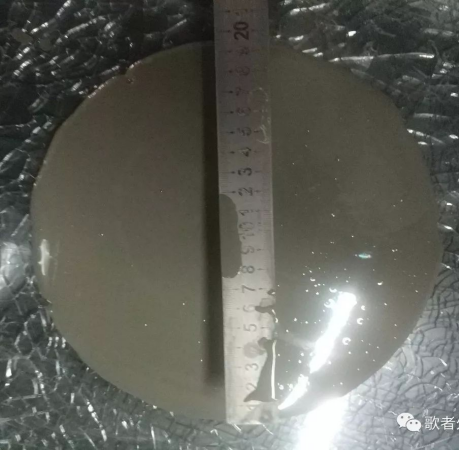
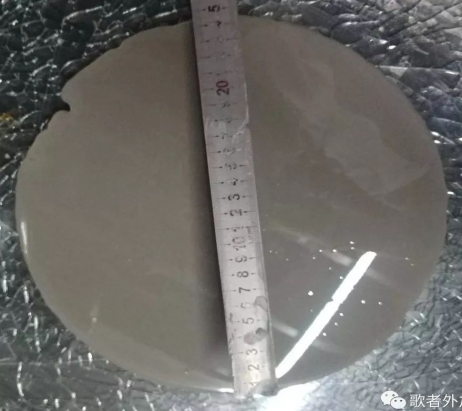
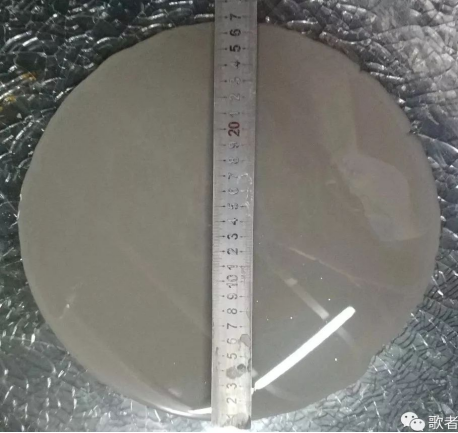
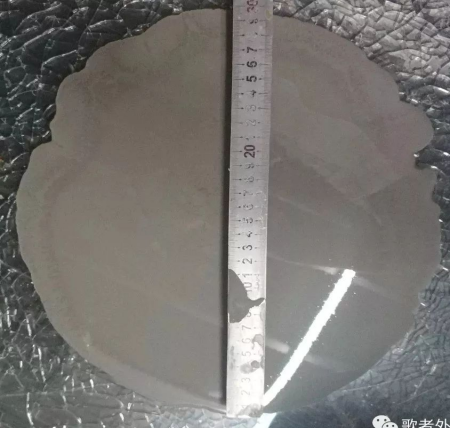
Readers can find that this detection method is much simpler compared to concrete adaptation. So naturally, there are certain limitations. The amount of adhesive used is not only single but only 300g, and the water consumption is also lower than 170g of concrete. The water cement ratio of 0.29 is much lower than the 0.47 water cement ratio of C30 concrete. In concrete adaptation, as long as the initial concrete state can achieve good workability and flowability, it can be considered qualified. If the same dosage is applied to concrete for net slurry flowability testing, as shown in Figure 4 with a net slurry expansion of 300mm, it often leads to severe bleeding and scratching of the cement slurry.
There is no clear guidance data for the fluidity test of the slurry, and its expansion degree varies positively with the dosage of additives. We need to control for unique variables during detection. For example, different admixtures A and B with the same type of cement and the same dosage; Or different types of cement with the same admixture and dosage. Only through comparison can one determine whether a certain product is qualified or better than the benchmark product.
Some salespeople may use the phrase "my additive slurry flowability can reach 300 or more" to demonstrate its excellent additive performance. This statement is quite imprecise. There is no definite amount of cement and additives used in the experiment, and the large or small flow of the slurry cannot indicate any problem. Even the different retarder components in the formulation of admixtures can cause significant differences in the flowability of the slurry. Sodium gluconate has a certain water reduction rate and can be magnified in the flowability data of the slurry. As shown in Table 1.
Table1
Water reducing Mother liqyor | Sodium gluconate | White sugar | Net slurry dosage | Slurry flowability |
15.0% | - | - | 1.5% | 180mm |
15.0% | 2.0% | - | 1.5% | 250mm |
15.0% | - | 2.0% | 1.5% | 175mm |
There may also be significant differences in the fluidity of the net slurry between different types of cement, but their performance is not significant in concrete adaptation. As shown in Table 2.
Table2
Taurus | Conch | Crane Forest | |
Additive dosage | 1.50% | 1.50% | 1.50% |
Slurry flowability | 250mm | 200mm | 200 |
The fluidity of the slurry has good reference significance for the factory inspection of additives and the comparison of the mother liquor water reduction rate. Judging whether the admixture matches the concrete solely based on the fluidity of the slurry is biased. The key is to control the unique variable in the experimental process when quoting the value of slurry flowability.

